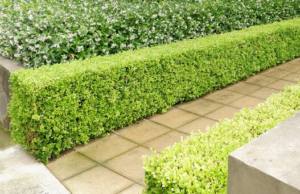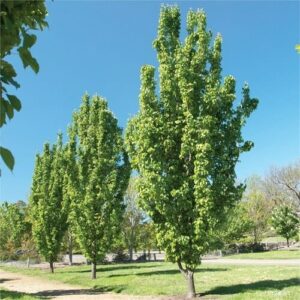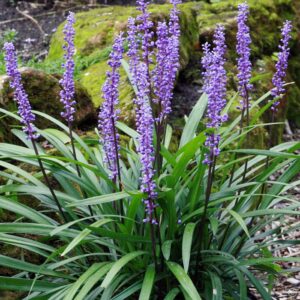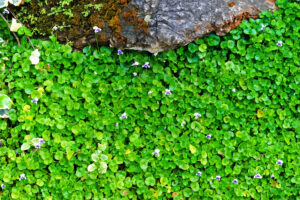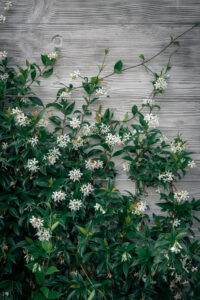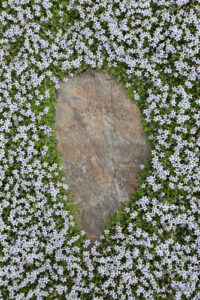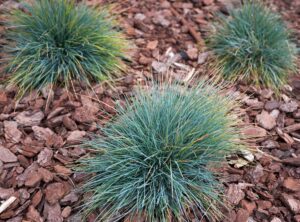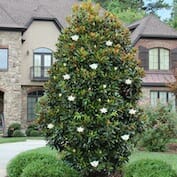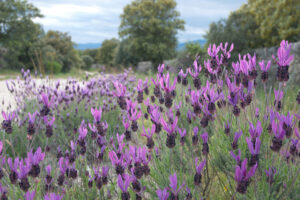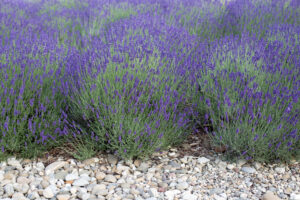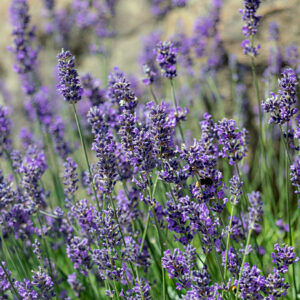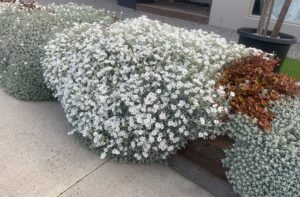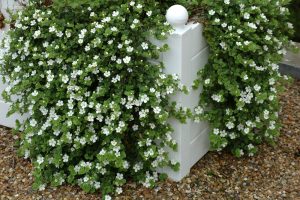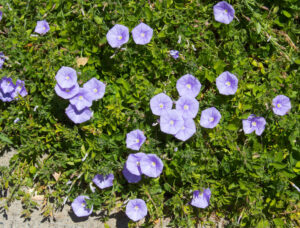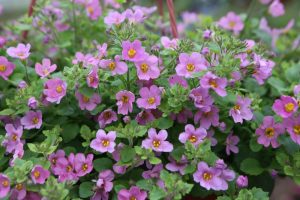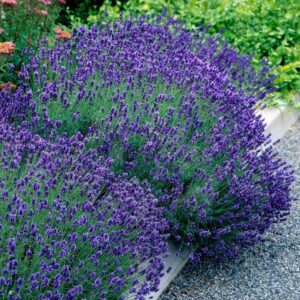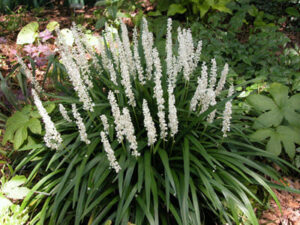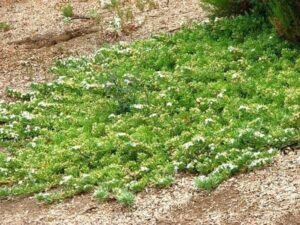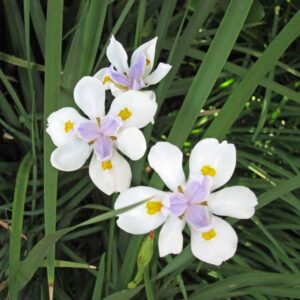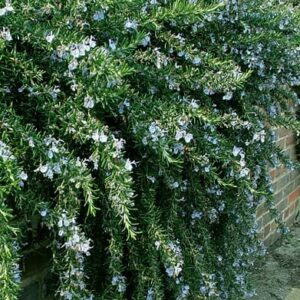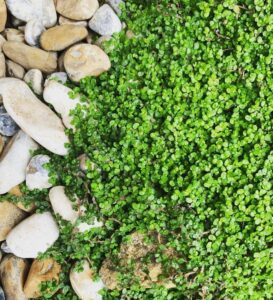Over the centuries many an artist has been inspired, painted or written of the cottage garden. Cottage garden flowers are vibrant and texturally magnificent, attracting birds and bees to the garden. Planting cottage gardens in Australia is perhaps the simplest flower garden of all. The style is informal and personal, the emphasis being on the pleasure of growing plants and enjoying their flowers, form, fruit and scent throughout the seasons, rather than attending to regimented borders and maintaining immaculate lawns. A cottage flower garden is also comparatively very dense and filled with all the plants you could possibly want.
Read More
Our range of flowering cottage plants will enable you to transform your garden space and give it a cosy feel. We have many different plants to choose from to create your cottage style garden, including Lavenders, assorted herbs, Oyster Plants and Agapanthus Baby Blue, just to name a few. In fact our range of cottage garden plants in Australia is one of the biggest!
Or if you’re after the increasingly popular native cottage garden, we can help you out! Chris specialises in many garden styles including the native cottage garden. So if you need assistance designing your garden, check out our Garden Design service for more information and booking.
Key Features of cottage garden plants:
- Randomisation of planting – smaller plants at the front, gradually getting larger toward the middle or back of the garden bed
- Assortment of colour, texture, shape and scent
- Flowers year around. Cottage gardens attract lots of bees, birds, butterflies and reptiles
- Herbs are a must-have! You can even mix in a few vegetables, berries and fruit trees in the beds
- Natural mediums such as wood or stone edging, if any at all, brown bark mulch, wood chip or gravel paths
- Birdbath, fountain or pond
- Arches and arbours for climbing plants such as Roses, Banksia Rose or Jasmine
- Repurposed household and garden objects as planters or sculptures: jugs, boots, broken pots, cups, ladder, rusted wheelbarrow, wine barrel, stumps etc
- A bench to admire the hustle and bustle in your busy garden!
THE ORIGINS OF THE COTTAGE GARDEN
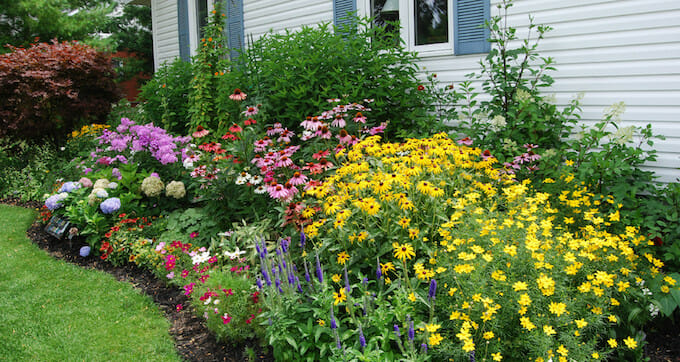
The cottage garden began as a Cornwall tradition over 150 years ago. Sailors traveling the world would bring there wives home wild flowers and shrubs they’d found from the banks of Africa, Spain and other exotic locations. Sailors would see exotic colours of flowers hanging over cliffs and they would scuttle up the cliff face often in the face of danger just to secure their rare find. The sailors would simply wet their shirts and wrap the rootball up with their wet shirts so the plants and flowers would remain alive during their journey back to England. Once the Sailors had returned home, they would spoil their wives with beautiful flowers and the small shrubs that they’d discovered. Most working sailors of the day resided in Cornwall England due to it’s picturesque harbours, fishermen villages and easy to access jobs at sea. They found that bringing back their beautiful finds from other countries grew well in Cornwall due to the warmer climate and sea breeze of the peninsular county.
Chris had the fortunate opportunity to work with a lovely old lady from Cornwall England, Kay Rundall who had moved to the Dandenong Ranges in outer Melbourne where Chris was raised. He was only 7 at the time and worked in Kay’s Garden for almost 10 years, keeping it well maintained and beautiful. Through Kay’s wealth of knowledge on the cottage garden, Chris learnt the main concept surrounding the idea behind the cottage garden and worked out what worked and what didn’t. Kay invited Chris for tea and biscuits on his breaks and he would enjoy hearing stories from Kay on how the Cornish wives use to argue and fight over different plant species. Kay would often get criticised by locals for mixing Australian Natives with her beautiful selection of cottage plants.
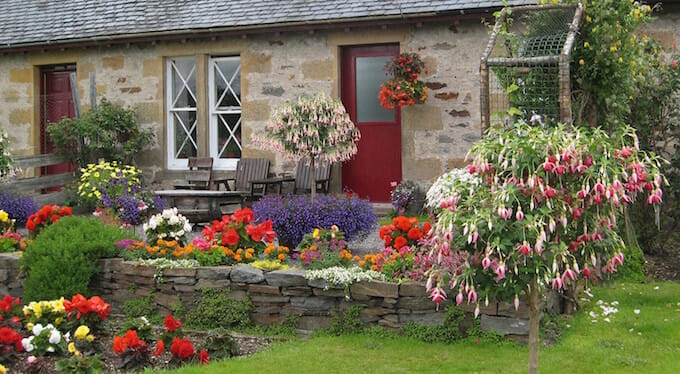
To this day Chris does several of these cottage garden designs per week. Here’s one Chris just did this week for customer Karen from Sunbury who brought in a photo of a 15m x 1m garden bed which Chris looked at and suggested a cottage style garden. Through this experience Chris gained expertise in creating the ultimate Cornish style traditional cottage garden.
Maintenance
The maintenance can vary depending on the cottage garden plants you select. A native cottage garden can be less needy than the English Cottage garden as the plants respond well to the Australian climate.
The garden will need watering during summer and regularly fertilising during the warmer months to produce beautiful flowers and foliage.
Flowering cottage plants benefit from dead-heading, which helps promote flower growth and repeat flowering. Often a box hedge is included in the Cottage Garden, which will require a regular prune.
Showing 1–40 of 2411 resultsSorted by popularity







